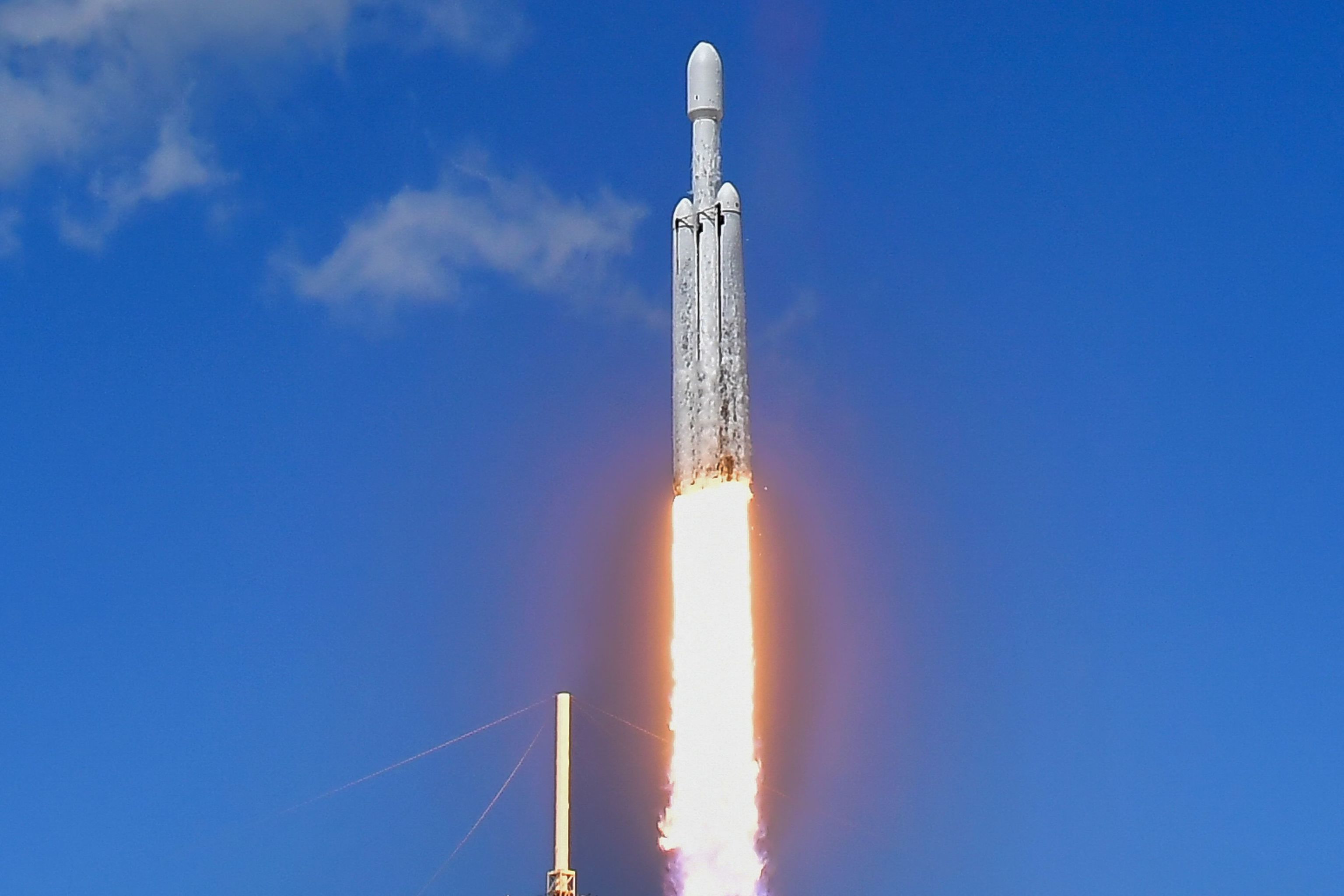The saying 'after the storm comes the calm' was fulfilled to the letter this Monday in Florida, where the weather could hardly have been more favorable for the launch of the Europa Clipper space mission. The hurricane Milton, one of the most destructive in recent US history, forced the postponement of the launch of the largest planetary spacecraft built to date last week. This Monday it was placed in orbit from the Kennedy Space Center aboard a SpaceX Falcon 9 rocket.
The anticipation and anxiety were high because Clipper is a mission as interesting as it is ambitious: NASA has spent around 5 billion dollars to find out if Europa, one of Jupiter's icy moons, can harbor any form of life.
The flight plan is proceeding as planned: approximately one hour after liftoff, the spacecraft correctly deployed its solar panels and is now traveling towards its destination, where it will arrive after a long journey of five and a half years.
"Today we embark on a new journey through the Solar System in search of the ingredients for life on Jupiter's icy moon," declared NASA director Bill Nelson after the successful launch.
When it reaches its destination in 2030, Europa Clipper will have to face a very hostile environment. To withstand Jupiter's magnetic field radiation, engineers have built a vault with thick walls to shield its payload and other electrical components. This vault, made of titanium and aluminum, will act as a shield against radiation to protect the numerous sensitive instruments on board: several cameras, spectrometers, radars, and other equipment that will allow it to analyze material in situ and determine if there are favorable conditions for life in the large underground ocean believed to exist beneath its icy crust.
Some of Europa's characteristics, where temperatures range between -133 degrees and -223 degrees, would be very difficult to explain if this moon did not contain a global ocean beneath its frozen surface. In addition to abundant water -estimates suggest that there would be more liquid in this underground ocean than in all the Earth's oceans combined- it is believed that other necessary conditions for life exist, such as the presence of organic elements, a source of energy, and stability.
Hera, the spacecraft that will examine the asteroid used to test planetary defense techniques: "A rock like Dimorphos could destroy a city the size of Madrid"
Astrophysicist Sara Seager: "Finding an Earth twin planet is going to be very difficult"
The strongest evidence that there is an ocean on Europa was collected by NASA's Galileo spacecraft, which orbited Jupiter from 1995 to 2003. Although Europa does not have its own magnetic field, when this probe made a dozen close flybys of this world, its magnetometer detected a field within Europa attributed to the presence of a global underground ocean of saltwater. The cracks and ridges seen on the surface of this moon also suggest the presence of an interior ocean.
Artistic rendition of the Clipper spacecraft flying over Europa's icy surface, with Jupiter in the backgroundNASA/JPL-Caltech
The goal is for the Clipper spacecraft to scan almost the entire moon Europa, and for this purpose, 50 close approaches have been planned during which measurements will be taken and data collected. Among the tasks it must fulfill are determining its composition, assessing the thickness of the ice crust, and understanding how that frozen surface interacts with the ocean. Another task will be to characterize its geology, as scientists want to know if there are signs of recent activity, such as crustal plate movements or columns of vapor expelling water into space.
The Clipper spacecraft, aboard the Falcon 9 rocket, ready for liftoff from FloridaNASA
But Europa is not the only place in the Solar System where signs of life beyond Earth are being sought. Two of Saturn's moons are also under scrutiny for their probable oceans: the small Enceladus and Titan.
Clipper's work will be complemented by another spacecraft, Juice. This probe from the European Space Agency (ESA) launched last year with the aim of exploring Ganymede, Europa, and Callisto to find out if the liquid water oceans that scientists believe these icy moons have contain the necessary ingredients for life to emerge.
